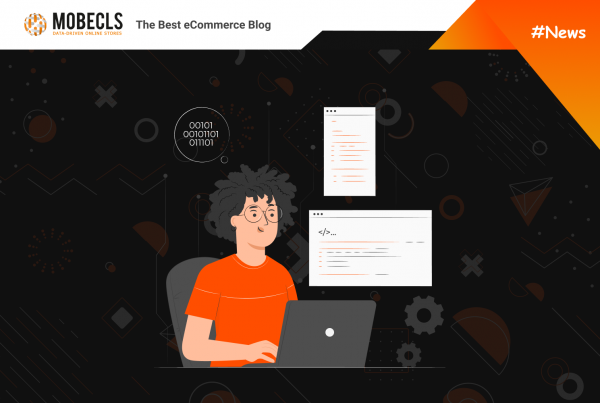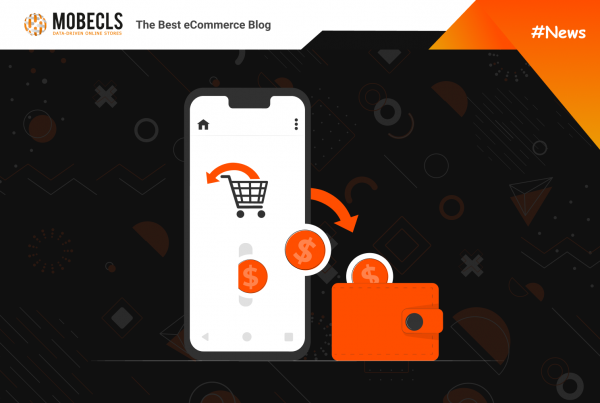In project management, constraint theory is a problem-solving method aimed at identifying the main bottleneck or limiting factor that stands in the way of achieving your goals. For example, imagine that your product launches are regularly delayed. You could use the theory of constraints to identify the main obstacle to this launch. Then, by following the five key steps to implementing constraint theory, you would be able to break that constraint so that it no longer has a negative impact on the launch of your products.
According to constraint theory, all projects have a primary constraint, comparable to the weak link in a chain. By eliminating this constraint (or weak link), you streamline the process.
Once you have identified the main stress in a project or process, relieve it again and again until it is no longer a limiting factor. When you have solved this first problem, a new principal constraint will surface. You can then try to solve it, and so on. The goal of stress theory is to strengthen each of the weak links to remove limiting factors one by one.
How to Identify and Remove Constraints
The five key implementation steps can help you identify and remove a constraint in the e-commerce development process. This is the simplest and most straightforward way to use constraint theory.
Step 1: identify the main constraint of the project
The first step is to identify the bottleneck – for example, it could be the most time-consuming process, the person or process holding back your project or the main risk that puts the success of your project at risk.
Step 2: exploit the constraint
In the second step, you will exploit the constraint while using the resources you already have. The theory of constraints has the advantage of helping you to minimize additional investments or needs. At this point, ask yourself the following question: How can you maximize the constraining element with the resources you already have? If you manage to lift the constraint so that it is no longer the main limiting factor, you “break” it.
Step 3: subordinate all processes to the constraint
During this step, maximize the constraint to verify that all elements of your project support your proposed resolution. To subordinate is to ensure that all elements less important than the constraint are synchronized with it. Keep in mind that the constraint you are trying to remove is the main sticking point or bottleneck. Thus, all other parts of the project are, by definition, less important.
Step 4: Reduce the stress (optional)
You should only take this step if the constraint has not yet been lifted. At this point, if the sticking point is a concern, consider bringing in more resources to resolve the issue.
Step 5: start over from step 1
Congratulations, you have removed the main limiting factor from your project! Now your second biggest limiting factor has become your biggest constraint. If necessary, repeat the process to remove this constraint, and so on.
How to Use Theory Constraints in Ecommerce Development in Practice
In December 2021, Mobecls team hosted the eCommerce Tech Inspire Summit to discuss cutting-edge trends, new technologies, COVID impact, and other hot topics. During the summit, experienced eCommerce experts shared their insights, tips, best practices, and more. During the event, Artem Pugachev, CEO & Founder of Mobecls, delivered an excellent speech on using the Theory Constraints in eCommerce development in practice.
About Speaker:
Artem Pugachev is the founder CEO of Mobecls, an eCommerce development company specialized in Magento. A decade of eCommerce experience helped him to form a company’s philosophy based on growth stimulation. Mobecls team aims to provide solutions that accelerate operation management, reduce costs and boost online sales, focusing on eCommerce consulting. Artem helps eCommerce businesses move from a startup mindset to corporate governance, paying attention to building development departments and developing eCommerce strategies.
Key Points:
- What is Theory of Constraints?
- Your backlog – can gain and can drain.
- Too much of design – it is the biggest mistake of ecommerce development.
- Marketing vs Operations – who’s more important for dev team?
- How to build your backlog wisely.
Need Help to Optimize Your eCommerce Project?




